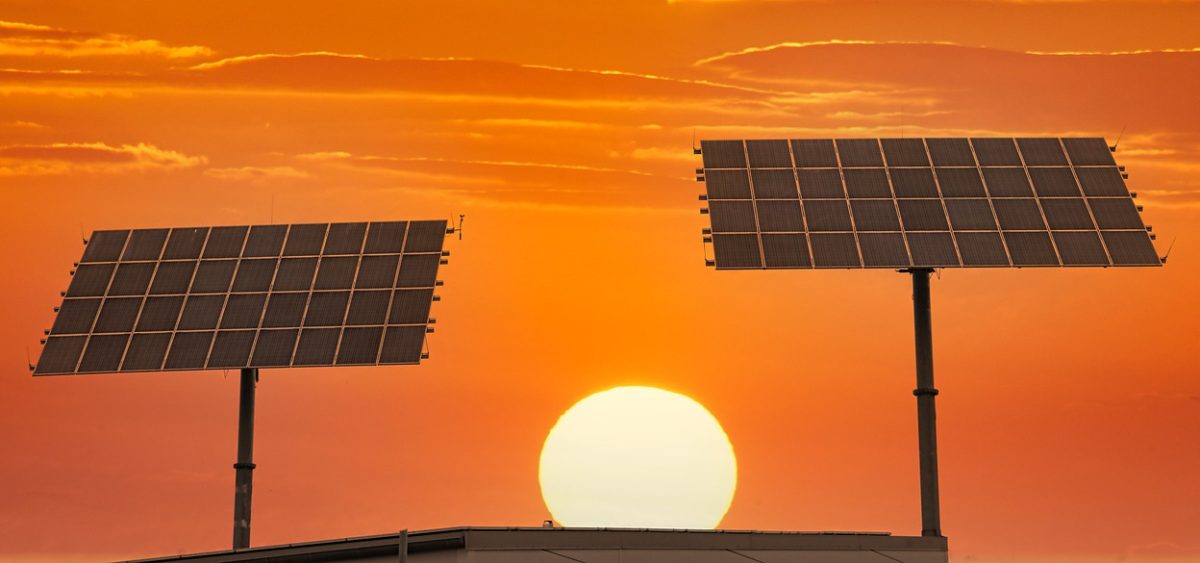Scientists from South Ural State University (SUSU), in Russia, announced, in March, they had patented a new technology to prevent PV modules from overheating. The proposed technique consists of a holographic film based on prismatic concentrators known as “prismacons,” which are made of a transparent material containing holographic lenses of very small dimensions. It was claimed, at the time, to significantly reduce the operating temperature of solar panels, including thermal-photovoltaic devices, and to improve PV module efficiency even in cloudy weather.
A few months later, the same scientists, supported by other researchers from the Universiti Malaysia Pahang (UMP) and the Manipal Academy of Higher Education, in India, have developed a thermal model to assess the performance of the novel heat-protective film and decided to unveil more technical details on the film.
The research group explained that the holographic film, which can be simply laminated on the panel surface, works by reflecting the infrared rays from its metallized top layer, which prevents the module from overheating. Its core consists of a layer made with tiny mini pyramids/spectral concentrators that are able to absorb sunlight and refract it before directing it onto the solar cell due to internal reflection, regardless of the angle of incidence.
The technique was tested under standard illumination conditions on a 100W monocrystalline panel mounted with a tilt angle of 45 degrees and located in Qurghonteppa, in Tajikistan. The performance of a reference panel with the same characteristics, and without the holographic film, was also tested for comparison.
The operating temperature of the module with the film was found to be between 32 and 65 degrees Celsius, and that of the panel without the film to range from 35 to 75 degrees Celsius. “The silicon surface temperature reduction is 3.54 Celsius degrees, according to the data analyzed in this work,” the scientists stated. “According to simulation findings, even a small temperature difference of 3.54 Celsius degrees improves electric power generation performance significantly in larger solar systems under hot and warm climatic conditions.”
Popular content
They explained, once again, that the sputtering of rare earth metals on the upper side of the holographic film is what makes it able to reflect and absorb the infrared radiation from the solar spectrum but they again did not specify which kind of rare earth metals were used.
The holographic film was described in the paper “Thermal model of a photovoltaic module with heat-protective film,” published in Case Studies in Thermal Engineering. Looking forward, the research team said it wants to assess the costs of the new technique and to improve the thermal model to make it suitable to predict more accurately the temperature and power output of PV modules with filters in other climates.
Holographic films are very thin, flexible plastic films that can be laminated onto different types of materials. They can diffract the usable frequencies of sunlight and direct the generated energy toward solar cells. Their application in PV research is not new as several kinds of holographic foils and patterns have already been tested in both PV and CPV devices. However, the technology has not been developed for commercial production thus far.
This content is protected by copyright and may not be reused. If you want to cooperate with us and would like to reuse some of our content, please contact: editors@pv-magazine.com.



2 comments
By submitting this form you agree to pv magazine using your data for the purposes of publishing your comment.
Your personal data will only be disclosed or otherwise transmitted to third parties for the purposes of spam filtering or if this is necessary for technical maintenance of the website. Any other transfer to third parties will not take place unless this is justified on the basis of applicable data protection regulations or if pv magazine is legally obliged to do so.
You may revoke this consent at any time with effect for the future, in which case your personal data will be deleted immediately. Otherwise, your data will be deleted if pv magazine has processed your request or the purpose of data storage is fulfilled.
Further information on data privacy can be found in our Data Protection Policy.